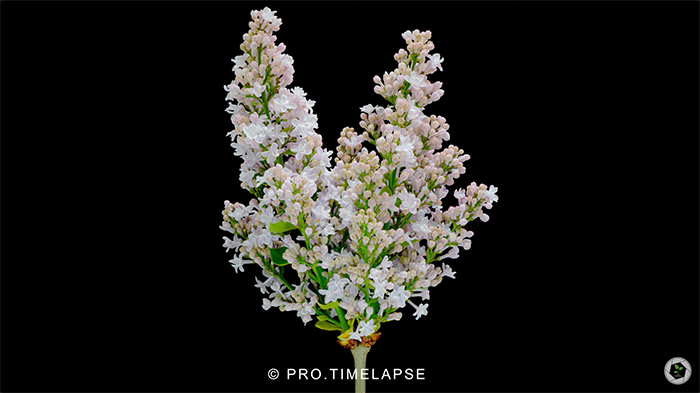Teach This Poem, though developed with a classroom in mind, can be easily adapted for remote learning, hybrid learning models, or in-person classes. Please see our suggestions for how to adapt this lesson for remote or blended learning. We have also noted suggestions when applicable and will continue to add to these suggestions online.

Watch a video of a lilac blooming.
The following activities and questions are designed to help your students use their noticing skills to move through the poem and develop their thinking skills so they understand its meaning with confidence, using what they’ve noticed as evidence for their interpretations. Read more about the framework upon which these activities are based.
-
Warm-up: (Teachers, before class, ask students to bring in a school-appropriate song that is meaningful to them. You may want to preview the songs before students share.) Share your song with a partner or small group. Why did you bring in this song? What lyrics in the song stand out? Why?
-
Before Reading the Poem: Watch a video of a lilac blooming. What does this video make you think about? Why?
-
Reading the Poem: Silently read the poem “Iris Song” by Rickey Laurentiis. What do you notice about the poem? Note any words or phrases that stand out to you or any questions you might have.
-
Listening to the Poem: Enlist two volunteers and listen as the poem is read aloud twice, and write down any additional words and phrases that stand out to you. Or, you may opt to listen to the poet reading the poem.
-
Small Group Discussion: Share what you noticed about the poem with a small group of students. How do the resources from the beginning of class connect to your reading and understanding of the poem?
-
Whole Class Discussion: How would you describe the speaker in the poem? What does the poem say about gender? Why?
-
Extension for Grades 7-8: Write a poem inspired by a theme in the poem. If possible, add lyrics from the song you brought into your poem.
-
Extension for Grades 9-12: Finish this line: “You go outside and the trees don’t know”. Share your writing with the class. How does your writing connect to nature? How is this different from/similar to the poem you read?
Read Rickey Laurentiis’s “About This Poem” statement: “A function of racism, said Toni Morrison, distracts us not just from our lives’ work, but the natural world as well; distraction from either body expires that body, eventually. So this must end, now, unsentimentally, killed at the root. My admiration goes to the work of Rue Mapp—founder of Outdoor Afro, which celebrates Black connections and leadership in nature—if especially for her language, some of which inspired the poem. Readers might recognize lyrics from a younger Kanye West, his 2005 song ‘Touch the Sky’ also breathes in the text as anchor. When I think about this poem, all I think about is a former poem, ‘2019,’ the will of the trees, call-and-response, that tricky forest sprung up, ‘tactless and quiet,’ between the two.”
Repetition: the poetic technique of repeating the same word or phrase multiple times within a poem or work. Read more.
